Description of flavor and aroma characteristics of Xidamo Gujiahanbela coffee in Ethiopia
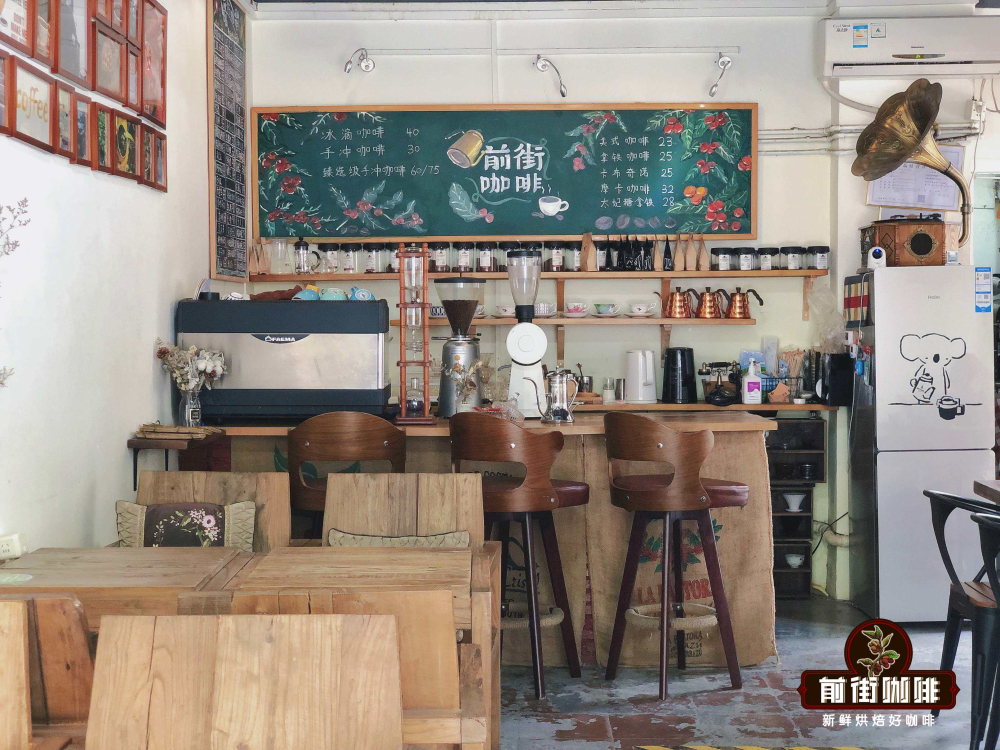
With the bright acidity and fresh coffee flavor of the Yejia Shefei coffee producing area, more and more people think that Yejia Shefei represents the coffee beans of the whole Ethiopian producing area, so many people will think that only Yejia Shefei produces coffee beans in Ethiopia, and it is all fresh and clean coffee taste. In front of this article, I want to talk about another Ethiopian coffee producing area because of its unique coffee flavor. Front Street Coffee Sidamo Guji's Huakui 5.0 coffee beans attract wave after wave of fans due to their rich juice taste. As one of Ethiopia's fine coffee producing areas, Sidama Coffee is located in southern Ethiopia, bordering Yegashefi, another fine coffee producing area. The coffee flavor produced in the Sidamo coffee producing area is very diverse, because different regions have different soil compositions, regional microclimates and countless native coffee varieties, resulting in obvious differences and characteristics of coffee produced in each region. Front Street Coffee is rich in acid and strong in aroma. It is very suitable for people who like strong flavor and don't like too heavy taste. It is perfectly balanced and neutralized between aroma and taste. Front Street This article is going to talk about Huaqui coffee beans, which come from the Hambera sub-region of the Guji region of Sidamo. This region has been in the limelight since 2017 because of the award for coffee beans, and then we know about the Hambera region.
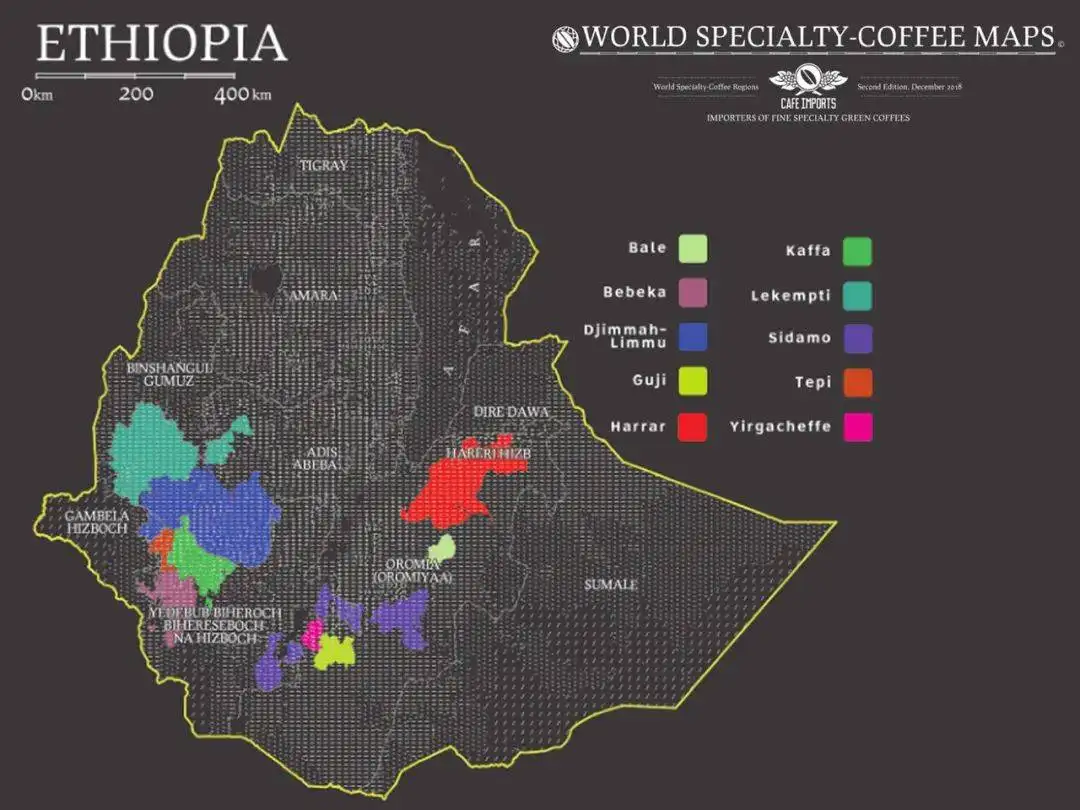
Guji coffee producing area
The Guji region, once part of the Sidama region, was established as a new region by the Ethiopian Commodity Exchange (ECX) in 2010. Guji is located in the southeast of Yegashefi and is an area with complex terrain changes such as high mountains, valleys and plains. The geology of this area belongs to nutrient fertile black soil (Vertisol), the soil depth is nearly two meters, and the average altitude is above 1800 meters. The geographical characteristics of the significant temperature difference between day and night, so that the local production of high-quality coffee with all the conditions. The most famous coffee beans in Guji are non-flower coffee beans. In 2017, TOH (Ethiopia National Taste of Harvest Competition) won the championship with outstanding strawberry cream flavor.
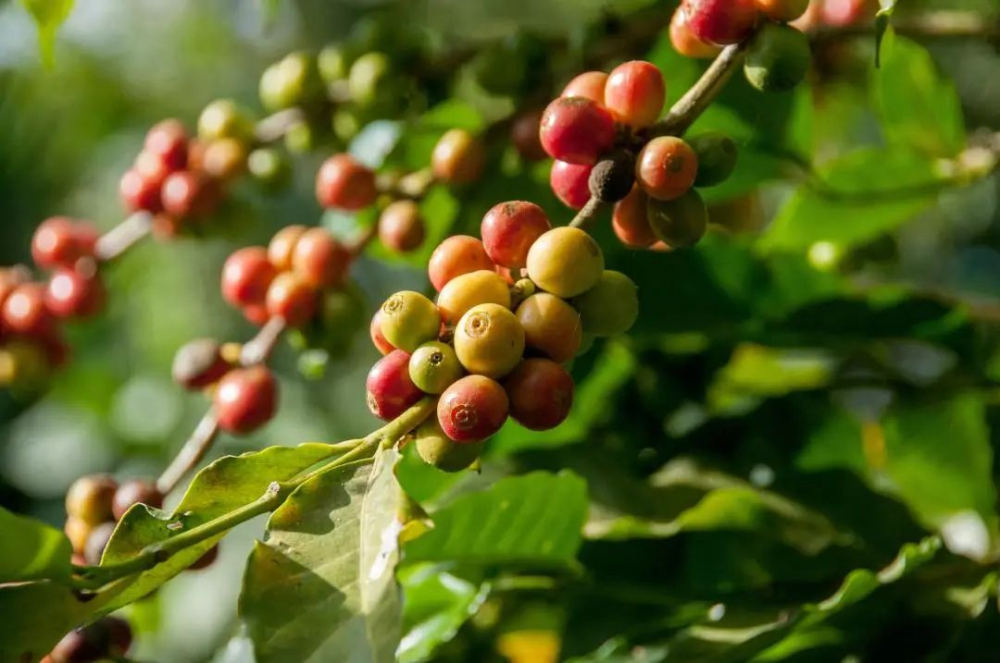
And who is Hambella?
Hambella is located on the west side of the mountain opposite Yekashefi Kochore, and is connected to Shakiso, Uraga and Kercha in the east, south and north respectively. In the Hambera Mountains, villagers live in the mountains at an altitude of 2000 meters. There are no roads and no electricity. The tap supported by the village government is the only source of drinking water for the whole village. Despite the lack of living conditions, farmers in hamberra still carefully care for each coffee bean. At present, there are about 20 treatment plants of various sizes in the Hambera production area. The coffee beans that make the Gugi region famous come from Buku processing plants.
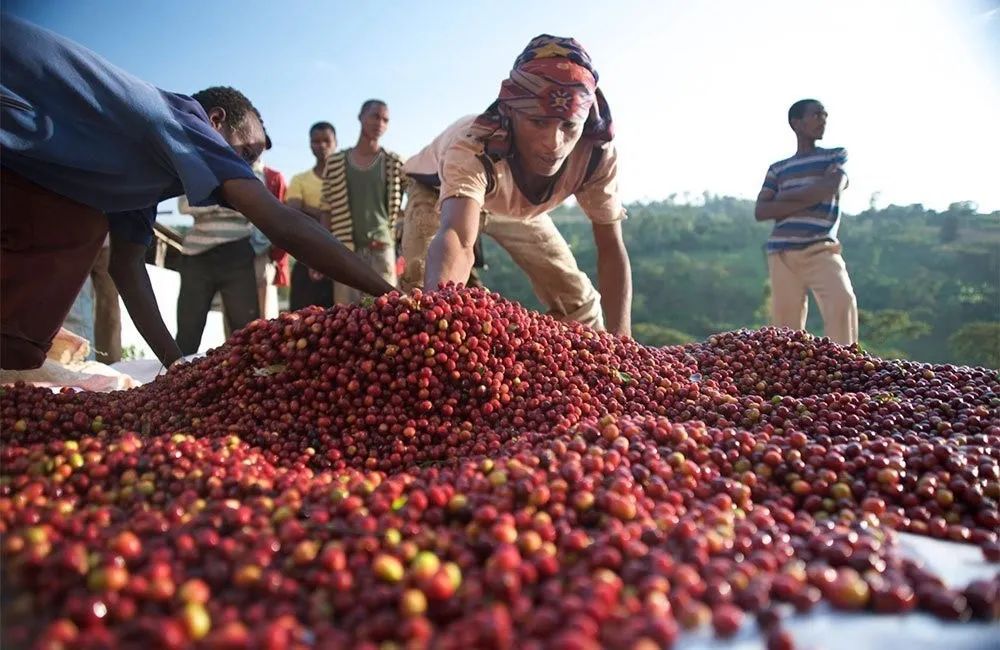
Buku treatment plant
The Buku treatment plant is located in the village of Buku abel at an altitude of 2200 meters. From the beginning of its cultivation, it is planted in a nutrient-rich reddish-brown soil, and it gives shade to the tree seeds, so that the flower head receives sufficient sunlight, produces rich aroma without consuming too much nutrients, thus retaining more essence in the coffee fruit. During the harvest season (December-January), its unique growing environment and natural climate created its unique flavor.
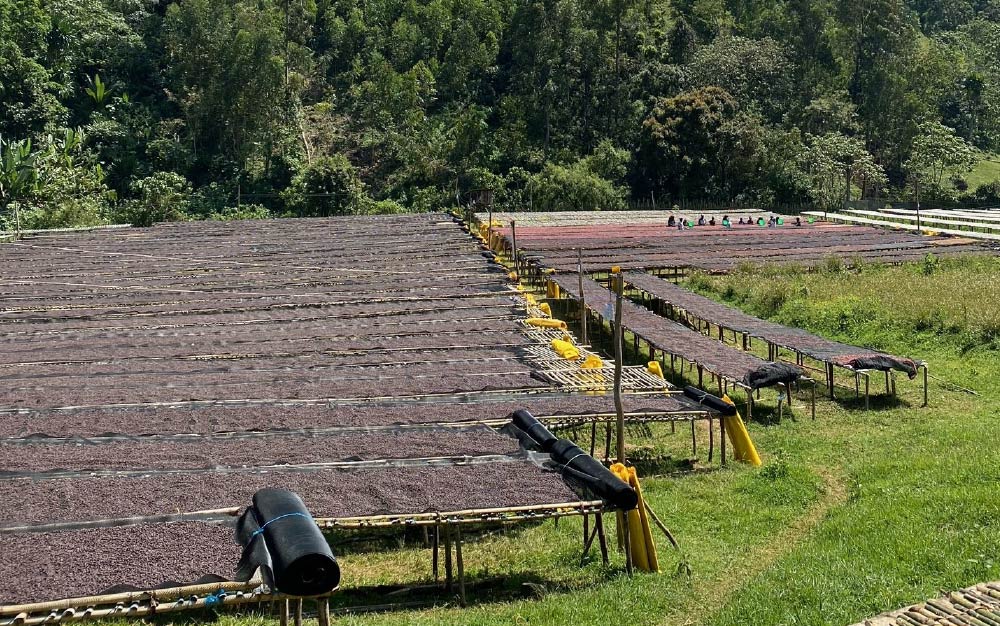
Buku treatment plant is to collect in the picking of red fructose to achieve more than 30 degrees before starting sun treatment. In the first two days of the sun, we must ensure the humidity of the red fruit, so that its fructose fully begins to ferment. At the same time, the geographical location of high altitude makes the temperature of the treatment plant at night drop to about 12 degrees Celsius, and it will not produce excessive fermentation smell because of the high temperature. When the temperature is relatively high at noon, we will cover it in time to prevent red fruit sunburn. Select only full-red fruits, fully ripe coffee cherries, all manually picked, African scaffolding drying, limited fruit thickness and 24 hours of uninterrupted regular turnover, to ensure uniform sun and ventilation, more accurately grasp the fermentation degree. Qianjie believes that because Huakui coffee beans are fully ripe and high-sugar coffee berries, through sun drying, the sugar in the pulp pectin will be absorbed by the coffee beans, so Huakui coffee beans will have a sweeter flavor than coffee beans from other regions of Sidamo.
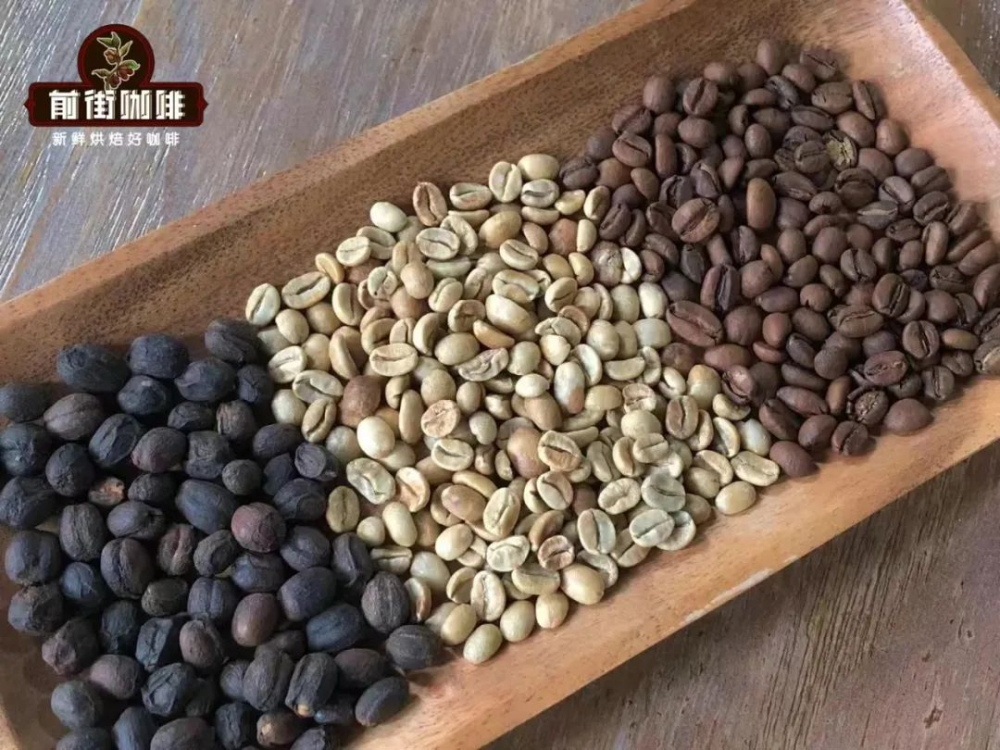
Huakui coffee beans
It has been years since buku's coffee beans became famous, followed by Huakui 2.0 in 2018 and Huakui 3.0 and 3.1 in 2019. At the beginning, Qianjie was the flower chief of 2018 and 2019 who drank the flavor similar to that of 17 years old, but the mellow degree and aftertaste were not as good as that of 17 years old. By comparing different batches of flower buds, we realize that the main source of flower bud aroma in 2017 is that there are some special small-grain varieties among flower buds coffee beans, while similar small-grain coffee also appears in flower buds in 2018 and 2019, sometimes several sacks of similar small-grain beans will appear in ten sacks. In year 19, we confirmed this information and informed the raw bean square that from 2020 onwards the flower plan split into 4.0 and small flower plan, so the small flower plan does not belong to the series [X.0]. Similarly, in 2021, two kinds of beans were named as small flower and flower 5.0 respectively.
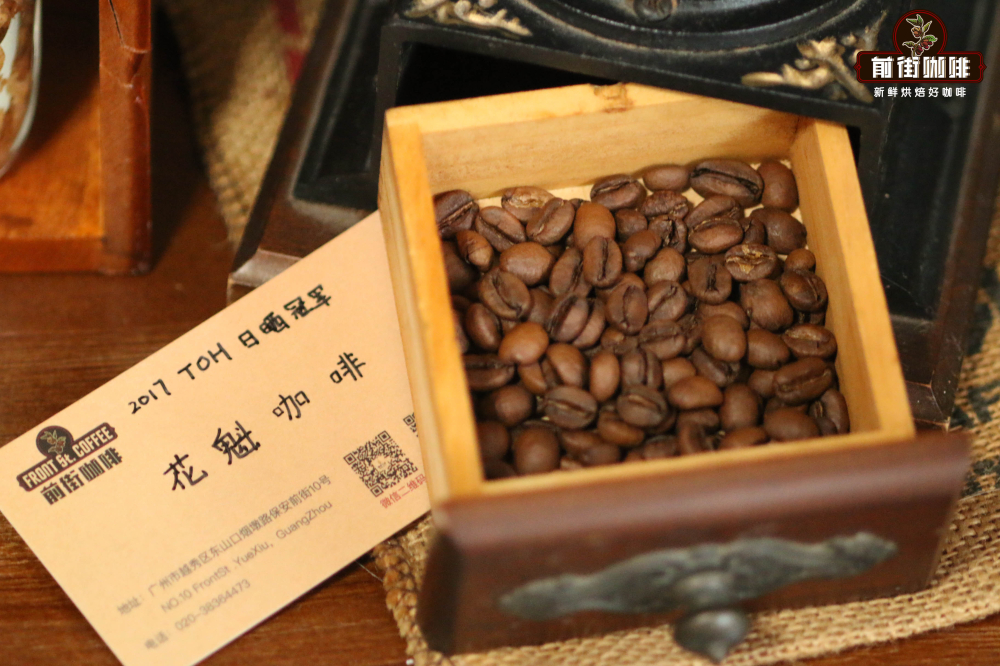
Front Street Coffee: Ethiopian Huakui 5.0 Coffee Bean
Production area: Gujihambella
Plant: Buku Able
Altitude: 2350 m
Breed: Ethiopian native variety
Treatment: Solarization
Analysis of Qianjie Coffee Raw Bean
Ethiopia's native coffee beans look different in size because there are too many varieties in Ethiopia. It is like the natural gene bank of Arabica. On the one hand, there are many varieties and it is difficult to identify and classify them. On the other hand, the Ethiopian government is unwilling to disclose the information of these varieties for protection reasons, so they are collectively referred to as Heirloom native species. This is the main reason why Ethiopia's beans appear to vary in size because of the mixed planting rounds. Front Street Coffee noticed that the moisture content of the beans in the new season was relatively high after getting the green beans, so the front street roaster extended the dehydration time to evenly heat the bean surface and bean core. To express the sweetness, acidity and fruity aromas of this bean we used a medium to light roast.
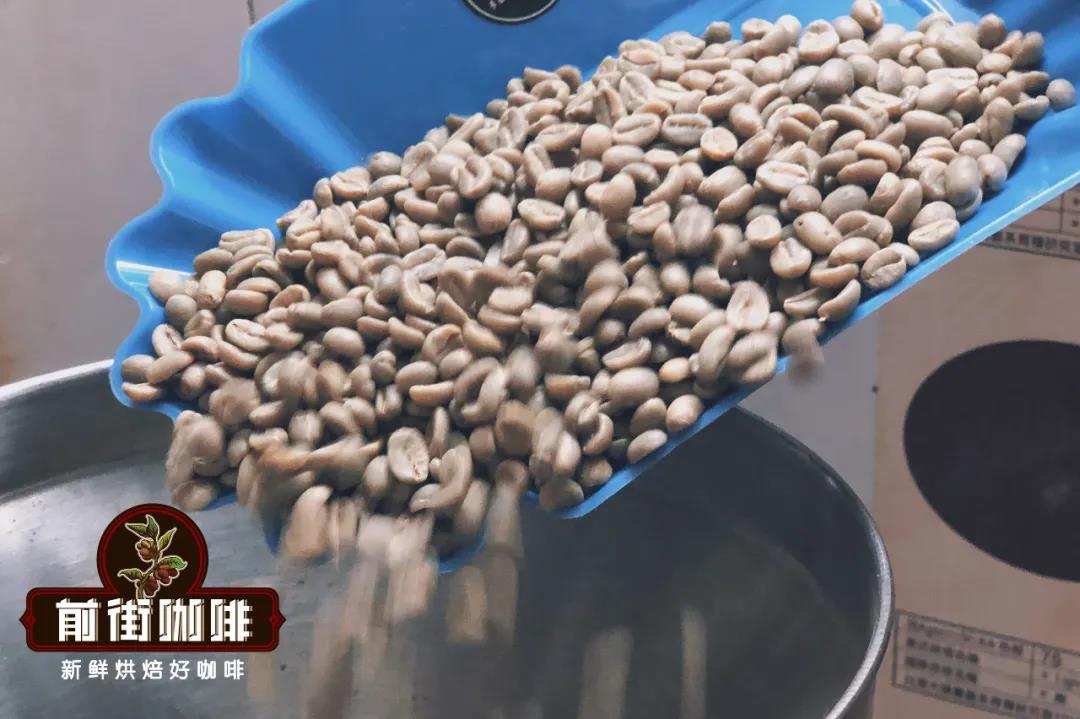
Front Street Coffee Roasting Records
Yangjia 800N, bean dosage 480g: furnace temperature to 175 degrees Celsius into the pot, damper open 3, fire 120. Up to 140 degrees, throttle open 4. Bake to 600 ℃, temperature 151.7 ℃, bean surface turns yellow, grass flavor completely disappears, dehydration is complete. When the bean surface appears ugly beard wrinkles and black stripes, the toast flavor obviously turns to coffee aroma, which can be defined as the prelude to a burst. At this time, you should hear the sound of a burst point clearly. To 9 50, the first burst starts, the damper is fully open, the fire is reduced from 188 degrees to 80 degrees, the development time of a burst is 1 40 degrees, and the pan is placed at 196 degrees.
Front Street Coffee Cup Test Report
Front Street Coffee will cup test the sample beans within 8-24 hours of roasting. The cup measuring bowl generally used by the front street barista has a capacity of 200ml ceramic bowl, which will be marked with 150ml and 200ml graduation marks. According to SCAA standards, the TDS of water is about 150ppm. Too low TDS will easily cause excessive extraction. Too high will affect the taste and easy to extract. The water temperature used in the cup measuring is 94°. The grinding degree is controlled to be 70%-75% of the passing rate of No. 20 standard sieve (0.85 mm). Ratio: 11 grams of coffee powder plus 200 ml of hot water, that is, 1: 18.18, so that the extracted concentration is exactly in the range of 1.15%-1.35%, soaking time is 4 minutes.
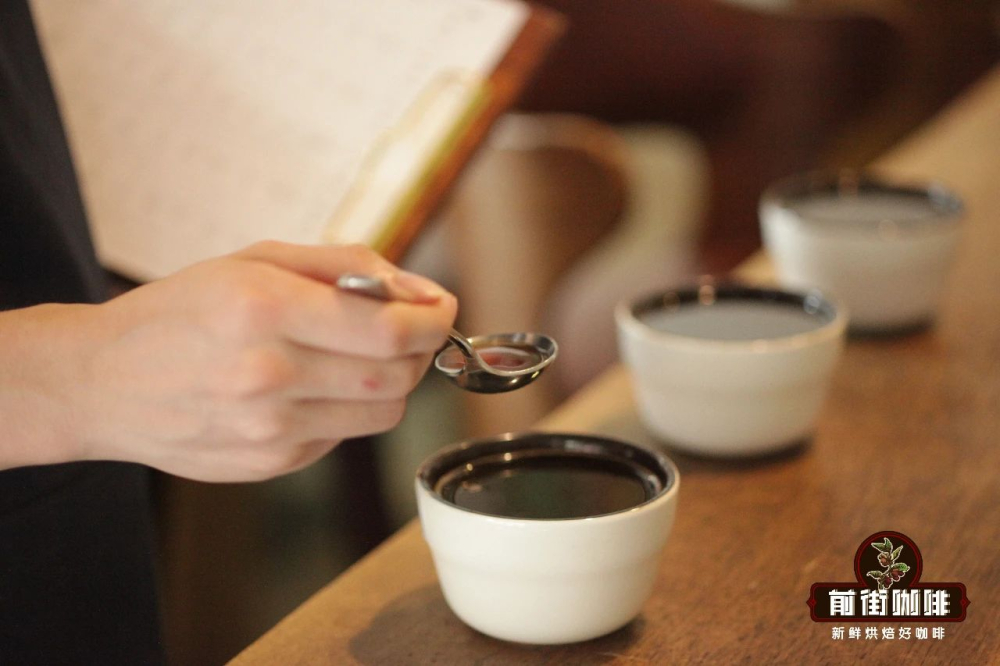
Dried aromas: citrus, berries
Wet Fragrance: Blackcurrant, Rose
Entrance: almond, strawberry, blackcurrant, fermentation, sweet lasting front street coffee brewing tips
Filter bowl: V60 #01
Water temperature: 90-91 degrees
Powder: 15g
Powder water ratio: 1:15
Grindability: medium fine grindability/fine granulated sugar size (sieve powder to 77% in No. 20 sieve bowl)
Front street brewing technique: wet filter paper and preheat filter cup and coffee pot first. Steaming with 30g of water for 30s, injecting water in a circle with small water flow to 125g, then dividing, continuing to inject water to 225g when the water level drops and is about to expose the powder bed, removing the filter cup when the water level drops and is about to expose the powder bed, and extracting for 2 minutes and 05 seconds.
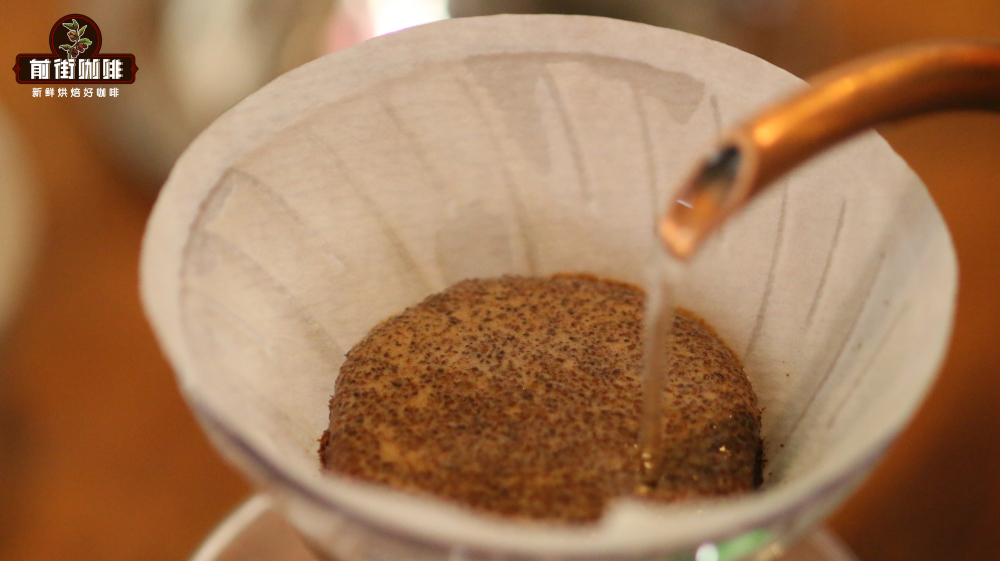
Coffee brewing flavor: almond aroma at high temperature, berry sour and sour after cooling slowly, blackcurrant juice, honey aftertaste, sweet lasting.
Professional coffee knowledge exchange More coffee bean information Please pay attention to coffee workshop (Weixin Official Accounts cafe_style)
More fine coffee beans, please add private WeChat Qianjie Coffee, WeChat: kaixinguoguo0925
Important Notice :
前街咖啡 FrontStreet Coffee has moved to new addredd:
FrontStreet Coffee Address: 315,Donghua East Road,GuangZhou
Tel:020 38364473
- Prev
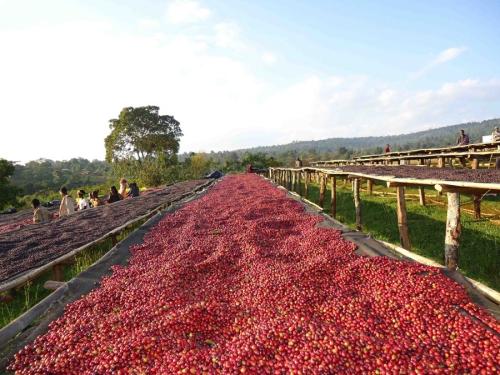
Flavor characteristics of fermented coffee in Honduran wine barrel and coffee beans in San Jose, Colombia
Professional baristas please pay attention to the coffee workshop (Wechat official account cafe_style) coffee beans are the seeds of coffee fruit, also known as coffee cherries. After removing the exocarp and pulp of the coffee fruit, you will get two coffee seeds, that is, coffee raw beans. The coffee fruit is easy to rot when ripe and picked, so it should be treated in time to facilitate storage and storage.
- Next
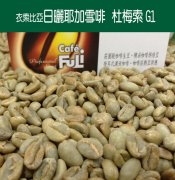
Description of flavor and flavor of coffee in small producing area of G _ 1 Dumeso in Ethiopia
Professional barista communication please follow the coffee workshop (Wechat official account cafe_style) production area: Yega snow Dumerso altitude: 2000-2200 m treatment: sun grade: G1 annual rainfall: 1400-1800mm soil: reddish brown harvest time: October to February each year varieties: Typica Heirloom local native species flavor: dried fruit, citrus orange fruit notes,
Related
- Detailed explanation of Jadeite planting Land in Panamanian Jadeite Manor introduction to the grading system of Jadeite competitive bidding, Red bid, Green bid and Rose Summer
- Story of Coffee planting in Brenka region of Costa Rica Stonehenge Manor anaerobic heavy honey treatment of flavor mouth
- What's on the barrel of Blue Mountain Coffee beans?
- Can American coffee also pull flowers? How to use hot American style to pull out a good-looking pattern?
- Can you make a cold extract with coffee beans? What is the right proportion for cold-extracted coffee formula?
- Indonesian PWN Gold Mandrine Coffee Origin Features Flavor How to Chong? Mandolin coffee is American.
- A brief introduction to the flavor characteristics of Brazilian yellow bourbon coffee beans
- What is the effect of different water quality on the flavor of cold-extracted coffee? What kind of water is best for brewing coffee?
- Why do you think of Rose Summer whenever you mention Panamanian coffee?
- Introduction to the characteristics of authentic blue mountain coffee bean producing areas? What is the CIB Coffee Authority in Jamaica?

